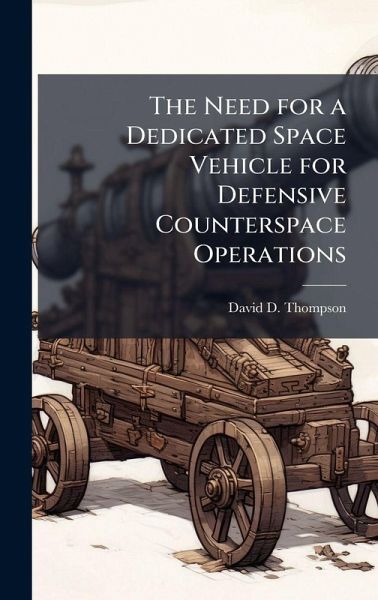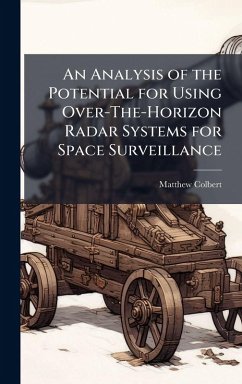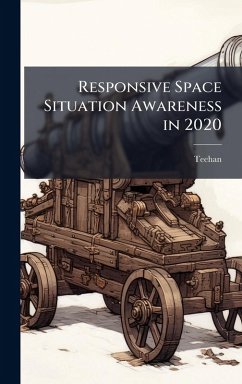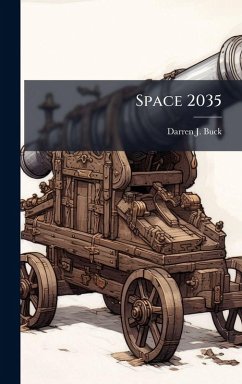
The Need for a Dedicated Space Vehicle for Defensive Counterspace Operations
Versandkostenfrei!
Versandfertig in über 4 Wochen
28,99 €
inkl. MwSt.
Weitere Ausgaben:

PAYBACK Punkte
14 °P sammeln!
This paper investigates the defensive counterspace function as defined in Air Force Doctrine Document 1 and considers whether an on-orbit capability is needed for its fulfillment. The discussion begins with the examination of threats to space systems, how they are likely to be attacked and the means with which to counter those attacks. The examination focuses on the space element and determines that a space-based defensive capability will be needed to protect orbital assets in the future. The defensive potential of ground-based systems and self-defending spacecraft are determined to be inadequ...
This paper investigates the defensive counterspace function as defined in Air Force Doctrine Document 1 and considers whether an on-orbit capability is needed for its fulfillment. The discussion begins with the examination of threats to space systems, how they are likely to be attacked and the means with which to counter those attacks. The examination focuses on the space element and determines that a space-based defensive capability will be needed to protect orbital assets in the future. The defensive potential of ground-based systems and self-defending spacecraft are determined to be inadequate, leading to the conclusion that a dedicated, mission specific vehicle design is the best option for fulfilling the defensive counterspace function. Finally, preliminary considerations of vehicle design and mission capability indicate that the first iteration of this vehicle should be ground-stationed, reusable, and prepared to launch into earth orbit in time of heightened tensions or war to carry out the defensive counterspace mission. This work has been selected by scholars as being culturally important, and is part of the knowledge base of civilization as we know it. This work was reproduced from the original artifact, and remains as true to the original work as possible. Therefore, you will see the original copyright references, library stamps (as most of these works have been housed in our most important libraries around the world), and other notations in the work. This work is in the public domain in the United States of America, and possibly other nations. Within the United States, you may freely copy and distribute this work, as no entity (individual or corporate) has a copyright on the body of the work. As a reproduction of a historical artifact, this work may contain missing or blurred pages, poor pictures, errant marks, etc. Scholars believe, and we concur, that this work is important enough to be preserved, reproduced, and made generally available to the public. We appreciate your support of the preservation process, and thank you for being an important part of keeping this knowledge alive and relevant.












